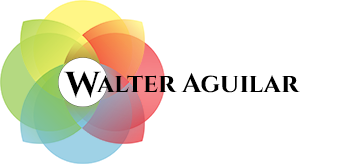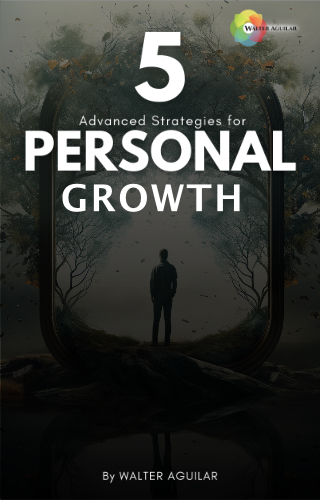As a COR.E Performance Dynamics Specialist, I dedicate my work to optimizing individual and team performance. I focus on unique personal dynamics – the specific mix of characteristics, mindset, and energy that drive individual performance and success. One essential facet of these dynamics is personal development, a lifelong journey of self-growth and improvement. Central to this journey is the art of goal setting, an indispensable strategy for success. Here’s my guide on setting effective personal development goals that tap into your unique potential.
Identifying the Focus Area
The first step is to pinpoint your areas for improvement. A personal SWOT analysis, which assesses your Strengths, Weaknesses, Opportunities, and Threats, is an excellent tool for gaining a holistic view of your current situation. Personal development can encompass everything from honing communication skills and learning new technology to enhancing time management. You might also strive for broader aspirations like achieving a healthier work-life balance or nurturing emotional intelligence. The crucial aspect is to concentrate on facets that synchronize with your core values and life ambitions.
Setting SMART Goals
With your focus areas identified, it’s time to translate them into tangible goals. A popular and effective method for this is setting SMART goals: Specific, Measurable, Achievable, Relevant, and Time-bound.
Specific – Clearly articulate your aim. Rather than stating, “I want to improve my communication skills,” pinpoint the aspect you’d like to bolster, like, “I want to refine my public speaking skills.”
Measurable – Determine a way to gauge your progress and identify when your
goal is accomplished. If your goal is to improve public speaking, a measurable
goal could be, “I aim to confidently deliver a speech to an audience of 50
people.”
Achievable – Make sure your goals are practical and realistic, given your resources and constraints.
Relevant – Your goals should align with your overarching life objectives.
Time-bound – Set a deadline to provide direction and motivation.
Planning Actionable Steps and Ensuring Consistency
Once SMART goals are in place, outline a series of actionable steps to guide your progress. For instance, if your objective is to refine your public speaking skills, consider joining a local Toastmasters club or enrolling in an online public speaking course.
But remember, the journey doesn’t end at goal setting and planning. Consistency is the lifeblood of personal development. Small, consistent actions often compound to bring about significant transformation over time.
Regular Reviews and Adjustments
Periodically reviewing your progress is crucial. It not only tracks your journey but also informs you when you need to adjust your sails. Life is ever-changing, and it’s perfectly normal for your goals to change in response to shifting personal or professional circumstances.
Seeking Accountability and Support
Lastly, consider enlisting a mentor, coach, or accountability partner. These individuals can provide invaluable support, share insights from their experiences, offer constructive feedback, and keep you accountable on your journey towards your goals.
In the realm of COR.E Performance Dynamics, we believe that everyone possesses a unique performance style or ‘dynamic.’ Your personal development goals should reflect this dynamic. Remember, personal development isn’t a one-size-fits-all journey, and what works for others might
not necessarily work for you.
Setting personal development goals is an empowering endeavor that allows you to shape your future actively and navigate towards the success you aspire to achieve. As you embark on this journey, remember to practice patience.






